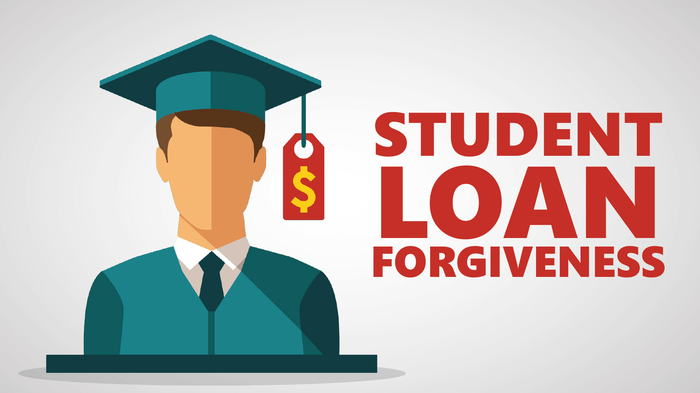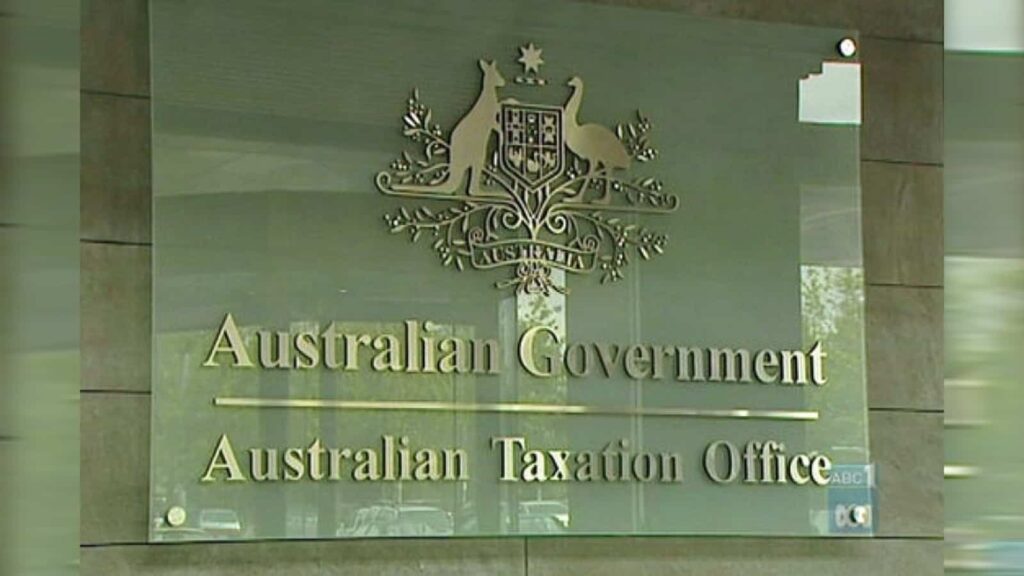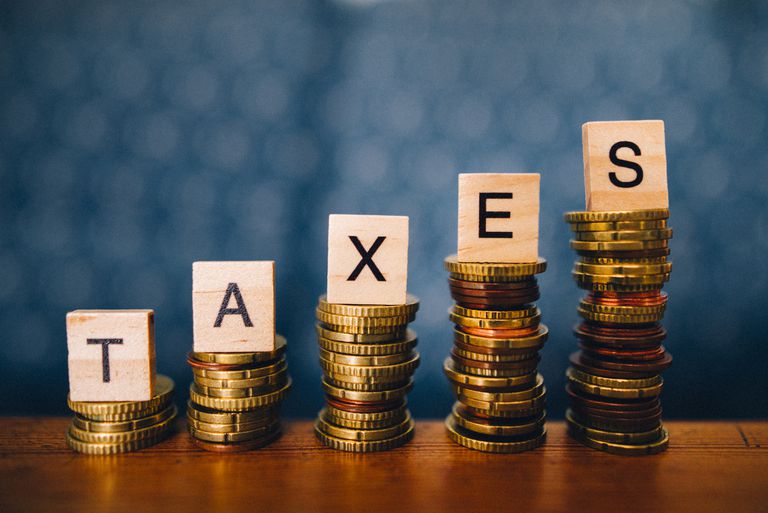Beginning the process of student loan forgiveness entails multiple phases, and the particular procedures you must follow depend on the forgiveness program you are eligible for.
How do I Start Student Loan Forgiveness?
Here’s a quick rundown of how to start the student loan forgiveness process:
Determine Eligibility:
Determine which student loan forgiveness program you might be eligible for depending on your career, loan type, and repayment plan.
Examine the Program Requirements
Read and comprehend the eligibility criteria and prerequisites for the forgiveness program of interest. Each program has its own set of requirements.
Ensure that your loans are eligible:
Check to see if your loans are qualified for the loan forgiveness program. Federal student loans, including Direct Loans and some FFEL Loans, are generally acceptable, but private student loans are not.
Choose an Appropriate Repayment Strategy
Some programmes, such as Public Service Loan Forgiveness (PSLF), require you to be on an income-driven repayment plan. If necessary, select a plan that meets the program’s standards
Pay Qualifying Amounts
Begin making qualifying payments in accordance with your repayment plan of choice and the program’s conditions. Keep meticulous records of these payments, including dates and amounts.
Meet Employment Requirements
Submit Employment Certification Form (if applicable)
Prepare Your Application
Submit Your Forgiveness Application
Wait for Approval
Continue Making Payments (if required)
In conclusion, It’s vital to realise that the forgiveness process might be complicated, with different procedures depending on the program.
As a result, it’s a good idea to speak with your loan servicer, program administrator, or a financial advisor who can provide specialised advice and assist you manage the forgiveness process efficiently.
Related Articles
Who Will Get Student Loan Forgiveness First?
Student Loan Forgiveness: All You Need to Know




